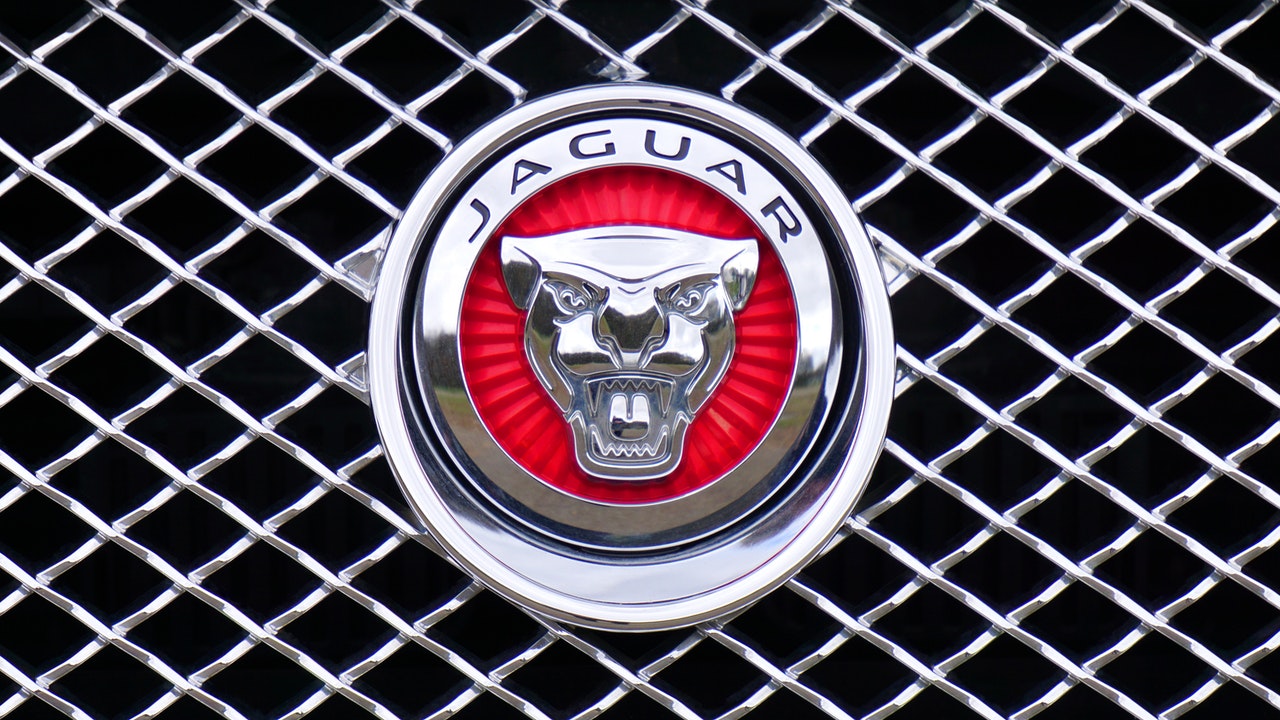There are numerous prestigious car brands in the world, and one of them is Jaguar. It is a quintessentially British brand, known for the most part for being the vehicle of choice for the British Prime Minister and holding Royal Warrants.
If you are interested in the brand, its colorful history is worth discovering. Continue reading to witness the journey of Jaguar from 1922 up to today.
The Beginnings of Jaguar
Originally called Swallow Sidecar Company, Jaguar was founded by William Lyons and William Walmsley in 1922. They were motorcycle enthusiasts, so they started manufacturing motorcycle sidecars before eventually going for automobiles.
In 1934, Walmsley sold out to get the Swallow business, while Lyons established S. S. Cars Limited. To generate capital, they sold company shares to the general public. Eventually, they were able to release their first model, an SS 2.5 liter sports saloon. Then, they also released the SS Jaguar 100, an open two-seater sports vehicle.
In March of 1945, they officially renamed the company Jaguar Cars Limited. Here, the Jaguar brand has established itself in producing successful sports cars. The company debuted the Jaguar E-Type, XK120, XK140, and XK150.
Jaguar in the 1950s
When 1950 came, Jaguar leased the Daimler Shadow 2 factory. After 10 years, they eventually bought it in 1960.
However, in 1965, Jaguar merged with the British Motor Corporation (BMC). The merger occurred because BMC acquired pressed Steel Company, the builder of all car bodies for Jaguar. When their supply was threatened and the lack of an heir for the founders, the merger was completed. Then, the company changed its name to British Motor Holdings.
After that, Jaguar encountered another switch in 1967. The government pushed British Motor Holdings to merge with Leyland Motor Corporation. Because of this, the company added the production of buses, trucks, and Rover vehicles to its roster.
The resulting merger resulted in another new company, British Leyland Motor Corporation. Unfortunately, this new venture did not succeed due to financial difficulties and poor decisions made by its board.
Jaguar as an Independent Company
In 1984, the government offered privatization opportunities to various companies, which resulted in Jaguar operating as a separate, independent entity. After this move, Jaguar showed huge success in its operations.
According to experts, the success is credited to Sir John Egan, the chairman who started operating the company in 1980. He was known to remove the issues surrounding poor productivity, lacking quality control, and slow delivery schedules. Under his guidance, Jaguar was able to recover and operate.
However, in 1989, Ford made an effort to buy Jaguar shares from both US and UK shareholders. This resulted in Jaguar being a part of Ford’s Premier Automotive Group in 1999, alongside Volvo, Land Rover, and Aston Martin.
Jaguar and Tata Motors
In 2007, Ford announced that it was selling Jaguar. A year later, Tata Motors announced that they were to acquire the brand. So, Ford sold both Jaguar and Land Rover to Tata Motors of India in March 2008. With this deal, they also gain the rights to Daimler, Lanchester, and Rover.
After this, Jaguar introduced the Jaguar XF, shortly followed by the Jaguar XJ.
Final Thoughts
Jaguar is a legendary British car manufacturer with an exciting and colorful history. Although some of their models were not as successful as their competitors, the brand has gained a lot of success with its sports cars.
If you have a Jaguar vehicle, keep it under the best conditions. With Color Seat Belts, you can have a quick and easy seat belt replacement to ensure your safety when you are on the road. Check out our custom color seat belts and message us to get started.
